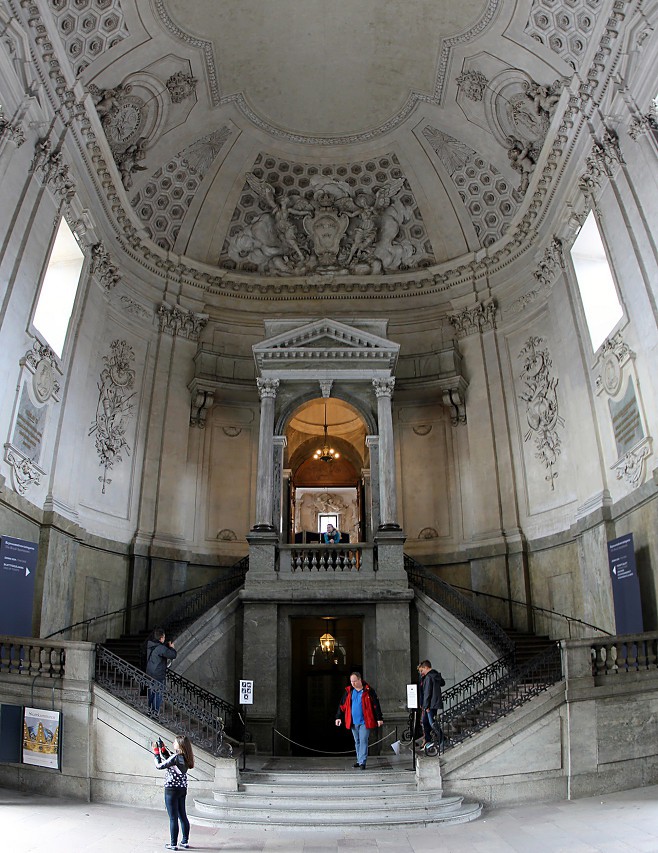Stockholm Royal Palace History and Architecture
The highest part of the Stadsholmen island is occupied by the Stockholm castle (Stockholms slott), which is more often called the Royal Palace (Kungliga slottet).

Archaeologists have established that a defensive structure existed on this site in the 10th century, it protected the entrance to Mälaren lake. The fortification was a wooden palisade with wooden towers. At the beginning of the 13th century, Jarl Birger built a large fortress with stone walls and towers, it was the first stone structure on the territory of Stockholm. The walls of the fortress were 4 meters thick, and the main tower towered 25 meters. In 1521, Gustav Vasa became the first king of independent Sweden and made the fortress his official residence. King Johan III turned the fortress into a magnificent palace. In 1588, three gilded crowns, the symbol of the Swedish state, were placed on the spire of the Central tower. since then, the castle has been called "Tre Kronor" (Three crowns).
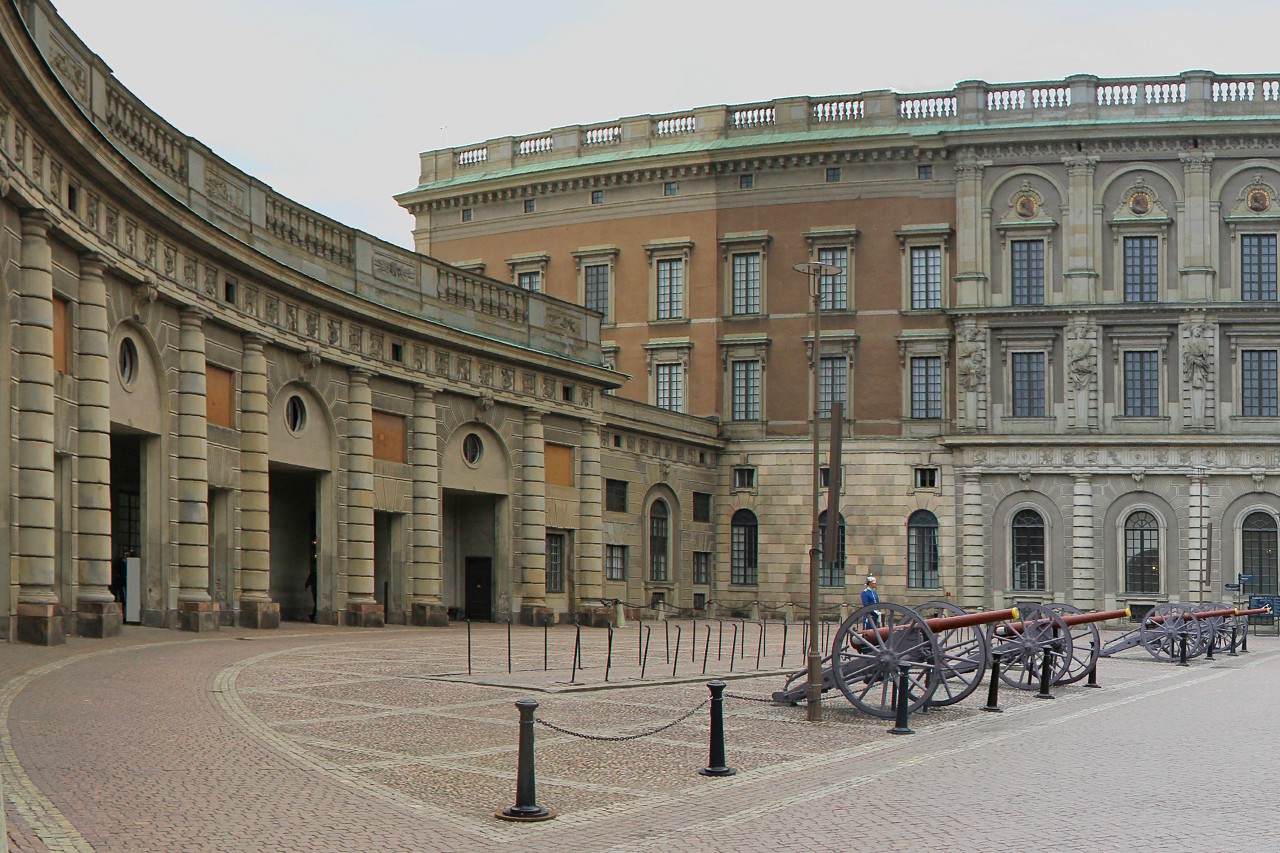
On may 7, 1697, the Three crowns castle burned to the ground, and Princess Hedwig Eleanor, the guardian of her grandson Charles XII, ordered the court architect Nicodemus Tessin to build a new residence using the walls from the Three Crowns. Tessin was working on a project to rebuild the castle before the fire, but the fire allowed him to implement more ambitious ideas. Nicodemus Tessin created a project of a building measuring 115 by 120 meters, with more than half a thousand rooms.only one wall and part of the rooms were used from the old castle. The new Royal residence began to be built in 1700, but construction slowed down significantly as a result of the Northern war, which consumed huge resources, in 1709 the construction was finally stopped for almost 20 years. Work resumed only in 1729, 6 years after the end of the war, under the direction of the architect Karl Hurlemann, since Tessin had died two years before. Construction continued for another 25 years, during which time artists and sculptors, invited from all over Europe, worked on the interiors. Finally, in 1754, king Adolph Frederick and his family moved into the unfinished building, which continued to be worked on until 1770. Since then the exterior of the building has hardly changed.
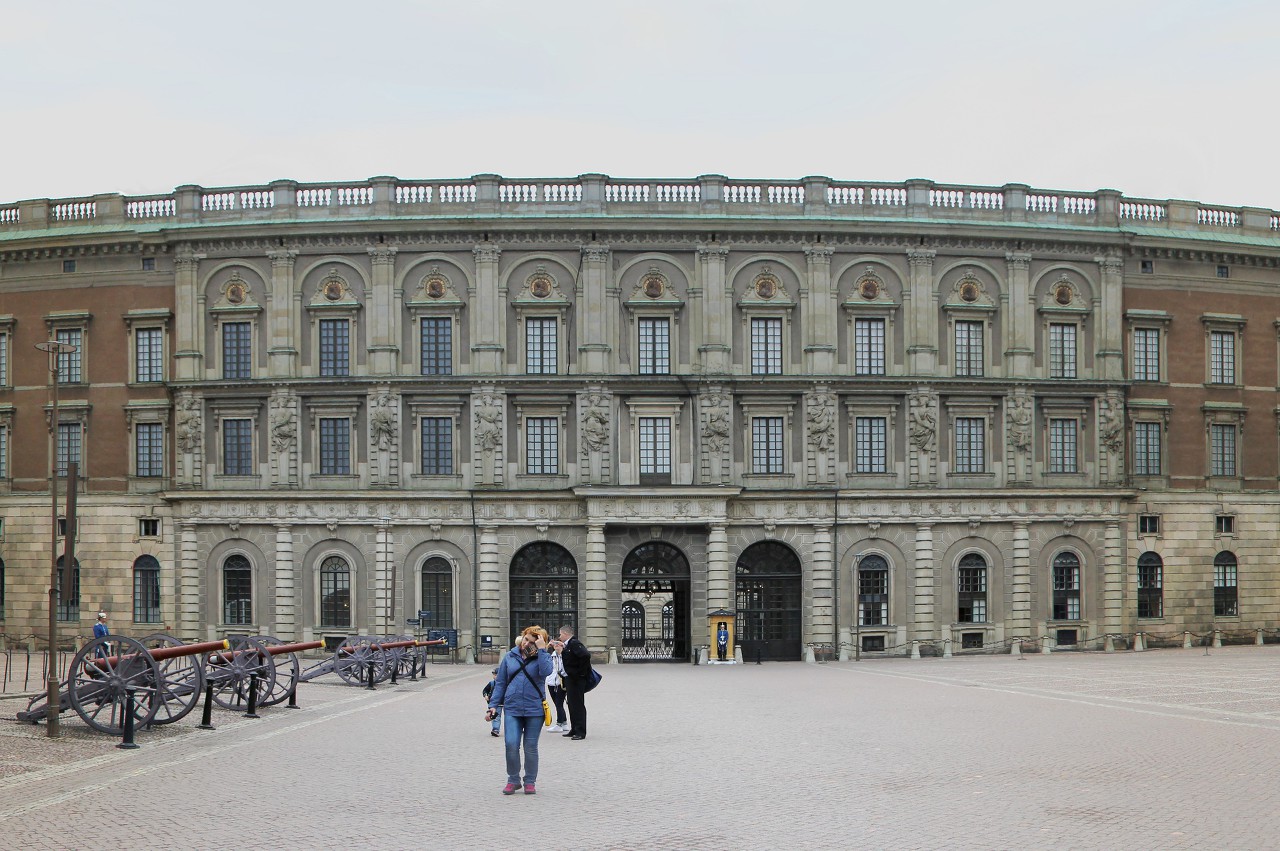
South facade on the Slottsbacken square the most luxuriously decorated. In the niches between the second-floor Windows are statues of famous Swedish statesmen and scientists by Johan Axel Wetterlund. The southern portal of the Palace is decorated with four sculptures (Enleveringsgruppen) created by Bernard Fouquet, they illustrate the ancient tradition of kidnapping women for marriage (Enlevering).
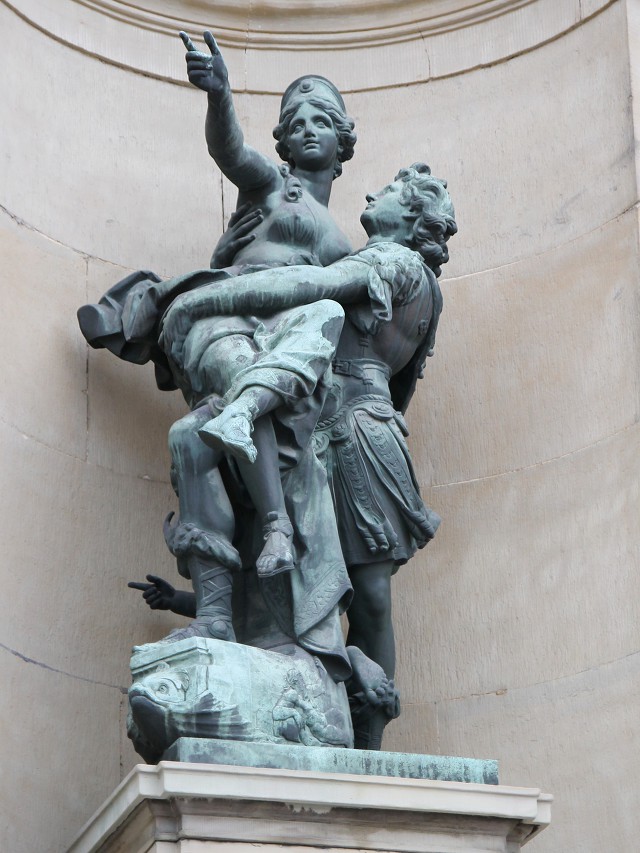
Above the first floor Windows are 16 bronze bas-reliefs depicting scenes from Ovid's poem "Metamorphoses". The bas-reliefs were made in 1699-1700 by the French artist Rene Chauvoy and originally decorated the Central staircase of the Palace. At the end of the 19th century, these bas-reliefs covered the small Windows on the southern facade, which were bricked up in the process of reconstruction.
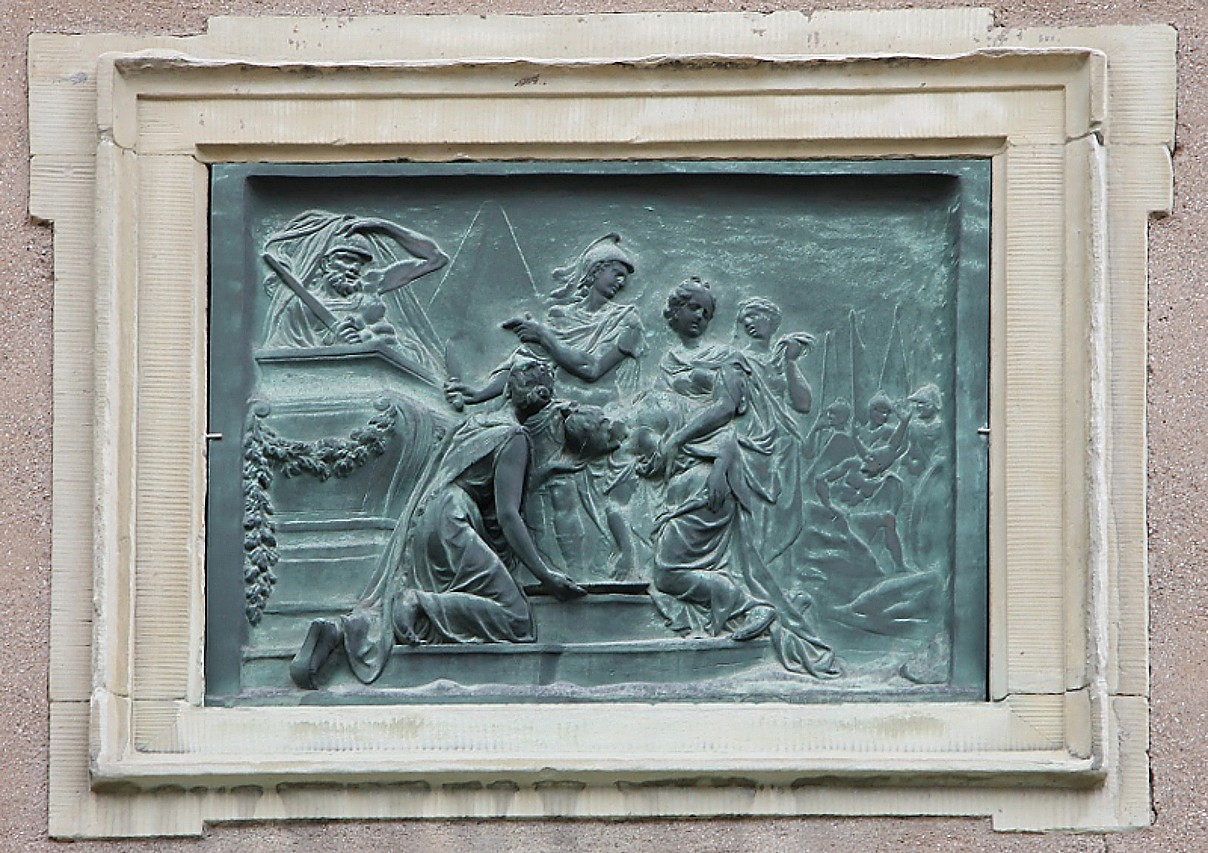
At the entrances to the Palace, the Royal guards perform an honorary service. I will tell you about the ritual of changing the guard in the next article.
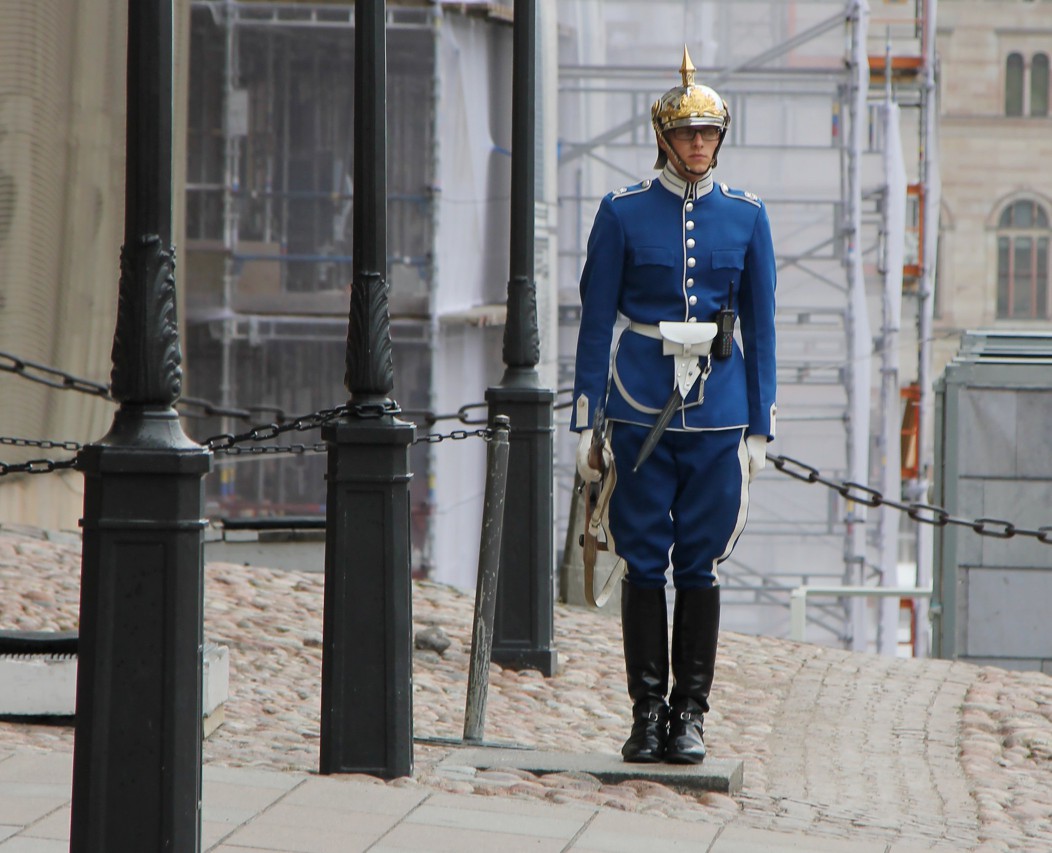
The southern portal of the Palace is the entrance for tourists, there is also a ticket office. Visitors can see the Royal chambers and luxurious reception halls, as well as visit the Treasury where the Royal regalia is stored, the Museum of the history of the Tre Kronor castle, as well as the collection of Gustav III of two hundred antique sculptures. Museum visits are included in the price of the entrance ticket to the castle. It is forbidden to take photos inside the castle, so I only took photos of the hall and the stairs of the southern entrance. The Palace is open to the public every day from April to October from 10 to 17 hours, in winter it closes an hour earlier.
